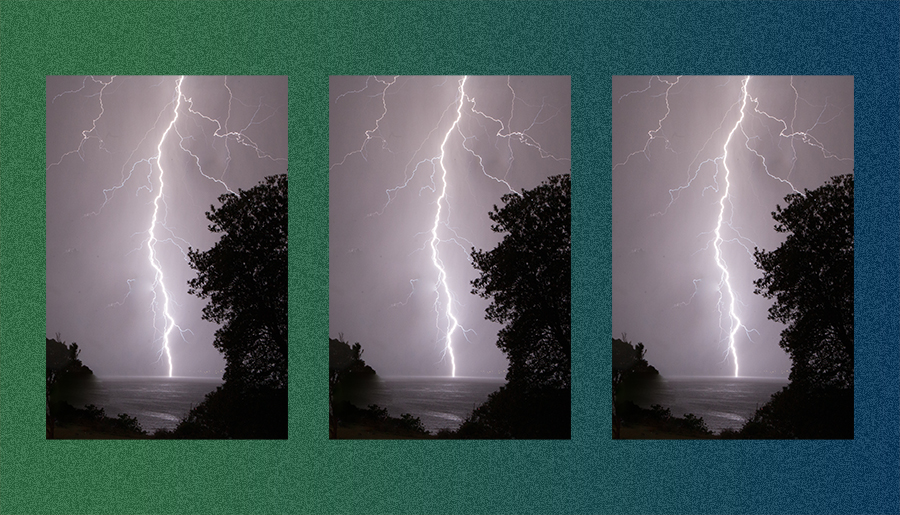Thanks to reality being buckwild, thunderstorm asthma isn’t a conspiracy theory. As per The Conversation, it is very real.
“Thunderstorms cause a drop in temperature and a sudden rise in humidity,” explained the publication. “This can cause whole grass pollen grains to rupture into particles that are tiny enough to penetrate deeper into the lungs.”
Thus, when the thunderstorm and pollen conditions are right, people can have respiratory issues. This phenomenon is what thunderstorm asthma is.
Additionally, getting this condition can be serious. In 2016, Melbourne was badly smashed with around 10,000 thunderstorm asthma cases. This resulted in hospital emergency departments being over-capacity and, unfortunately, ten people died of asthma in just one night.
But who is susceptible to thunderstorm asthma? What can you do to mitigate getting it? And are there any thunderstorm asthma worries on the horizon? Well, don’t panic, because we’re going to answer all of these questions right now:
Who Can Get Thunderstorm Asthma?
To nobody’s shock or horror, if you have asthma, you can get thunderstorm asthma. However, you are also susceptible to the illness if you have a pollen allergy or are exposed to high levels of air pollution. If you have coexisting allergic conditions, like having both asthma and hay fever, you’re more likely to be hurt by the pollen.
Moreover, a Deakin University Environmental Allergist, Professor Cenk Suphioglu, has other concerns. He told the Herald Sun that COVID-19 and Long COVID could increase one’s likelihood of being hit by thunderstorm asthma.
Suphioglu stated, “Anyone who has had a severe respiratory illness this year is at a higher risk.”
Related: Rare Triple Dip La Niña Expected to Soak Us Through 2023
Related: Australian Doctors Are Worried Our Bulk-Billing System Will Crumble
How Can You Get Prepped For a Thunderstorm Asthma Event?
If you’re worried about getting thunderstorm asthma, your state or territory’s emergency services app should warn you if there’s a risk of one coming. That way, you can stay indoors, use air purifiers, and wear a mask to stay safe.
You can also use AirRater or AusPollen use to work out whether the pollen count in your area is alarming.
It’s also worth noting that if you need anti-asthma medication or antihistamines, you should take said medicine. If your thunderstorm asthma is severe, make sure you get to a hospital.
Are There Any Thunderstorm Asthma Events Coming Up?
In some bad news, Victoria might get hit with a rough-as-guts thunderstorm asthma event. As Suphioglu noted, ”Given they occur every two to three years, conditions are ripe for a significant thunderstorm asthma season that could rival the 2016 epidemic.”
“We had a really wet winter, he outlined. “So there’s a lot of grass ready to grow, flower, and release a lot of pollen.”
“We’re going to have lots of humidity, and humidity is what drives thunderstorm cells to become really aggressive.”
However, the situation is far from hopeless. Suphioglu additionally said, “If people can prepare now and educate themselves as to whether they truly have asthma, they will be better placed to survive a thunderstorm asthma event.”
Read more stories from The Latch and subscribe to our email newsletter.

